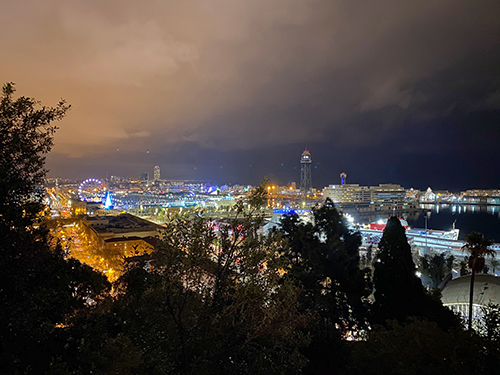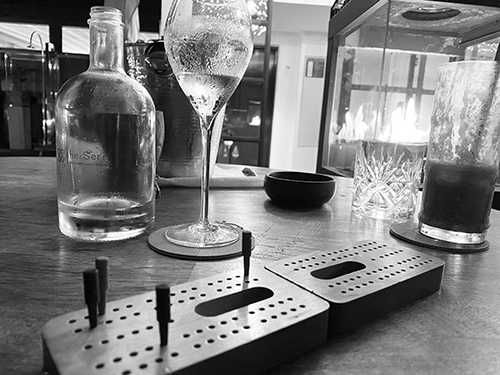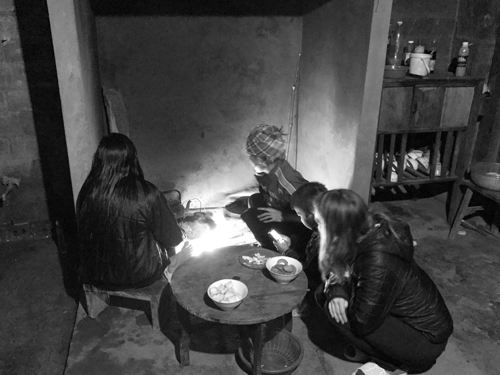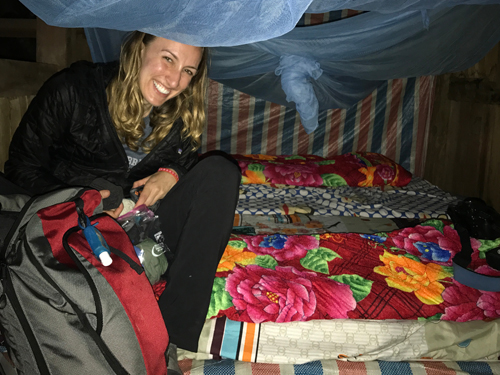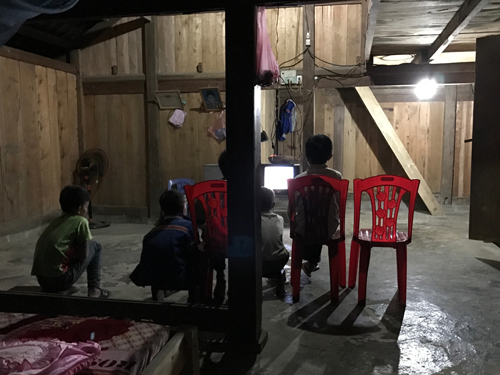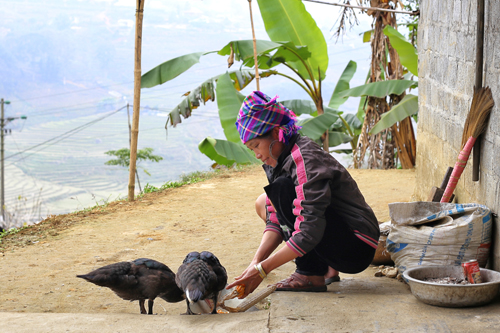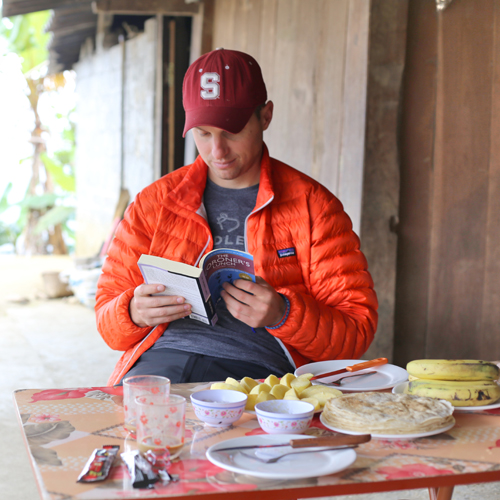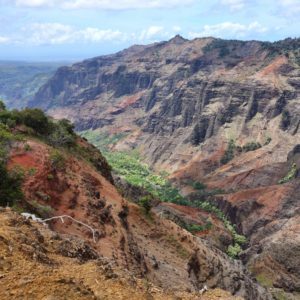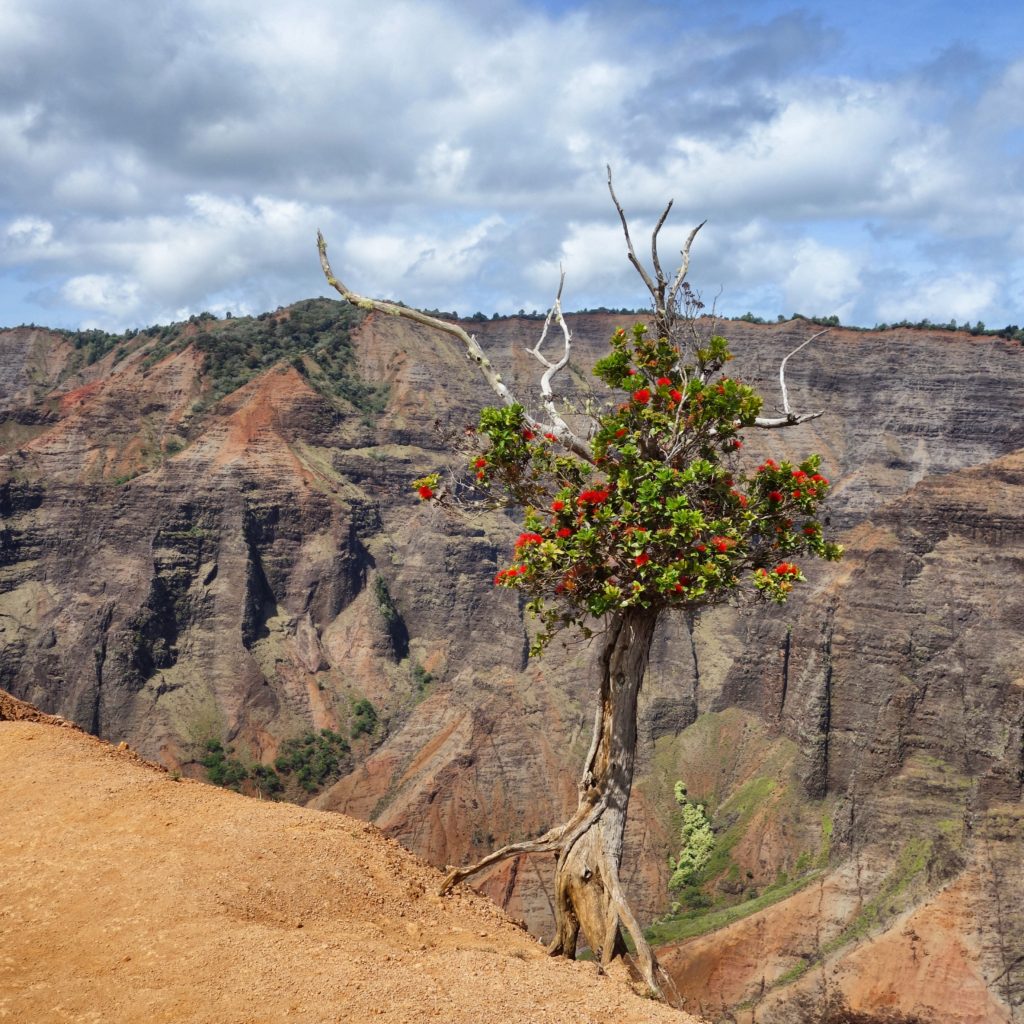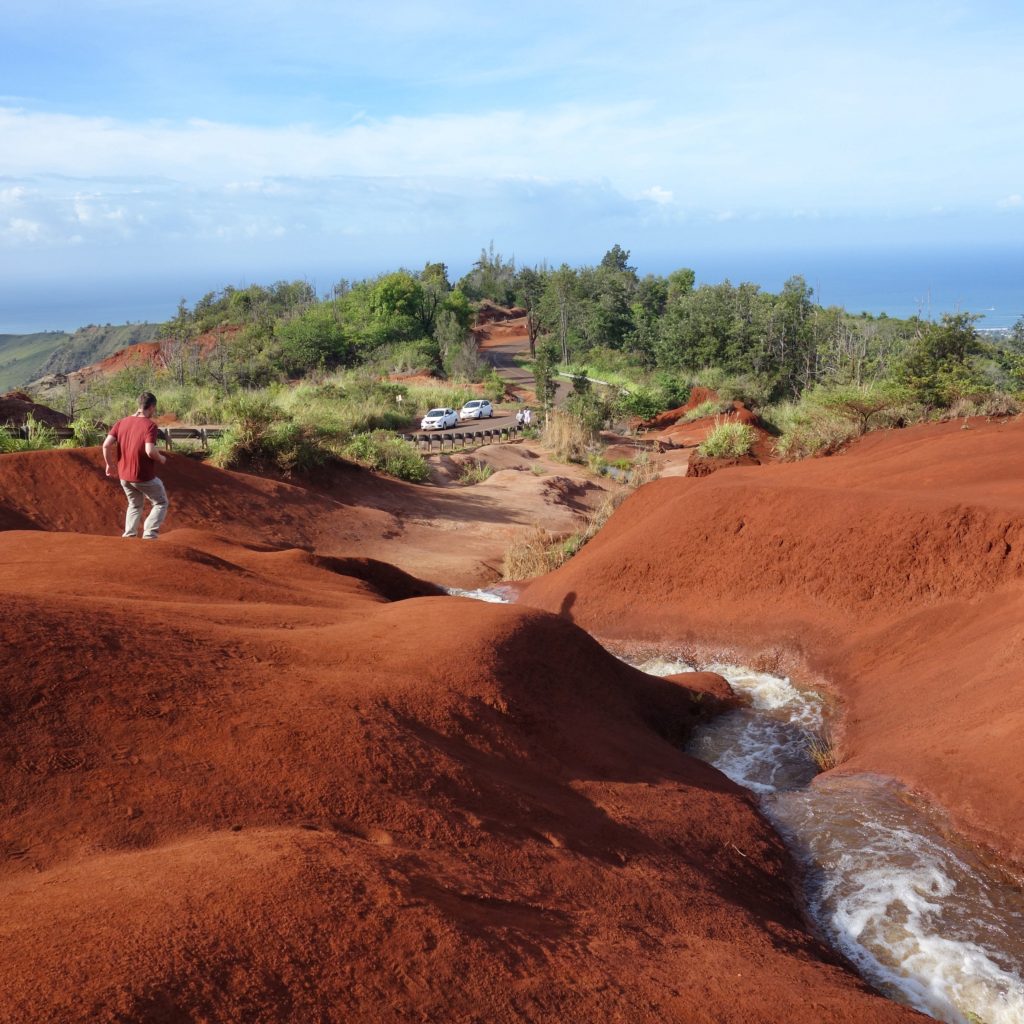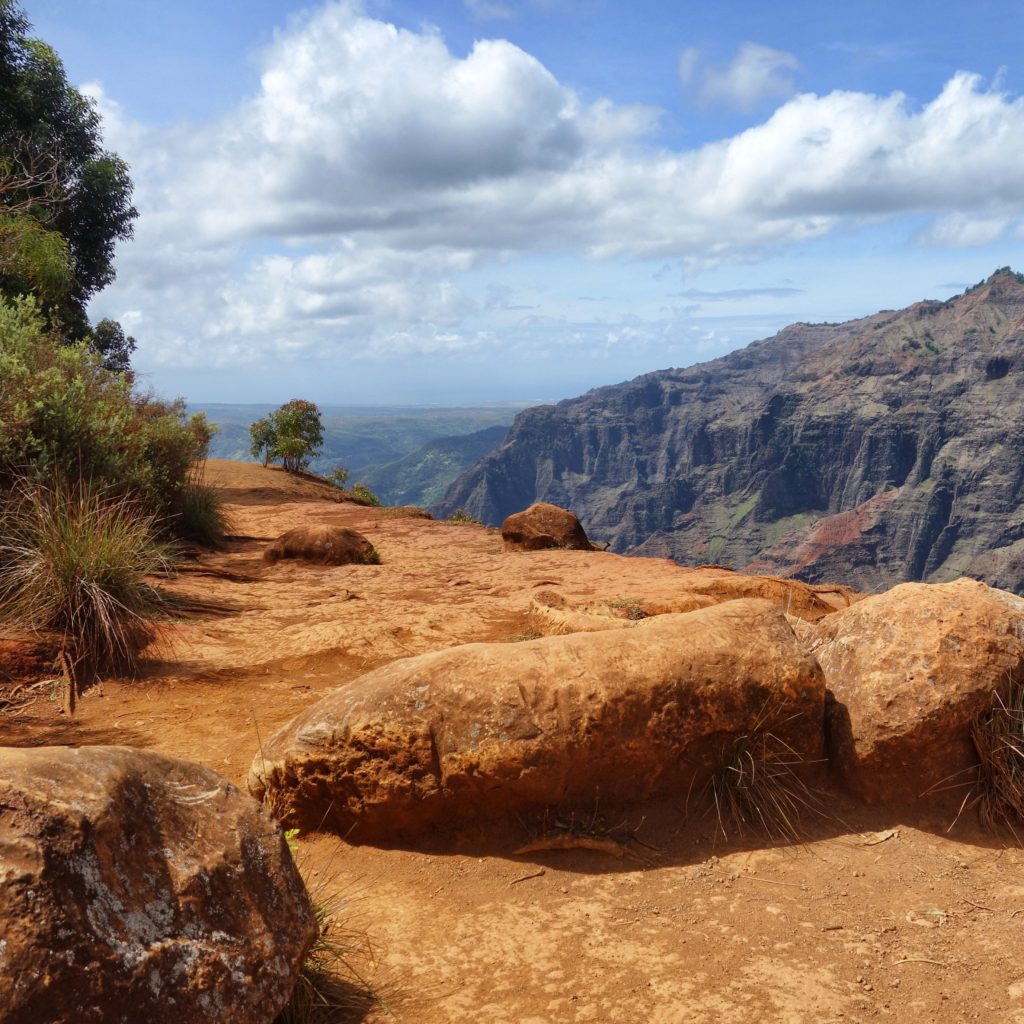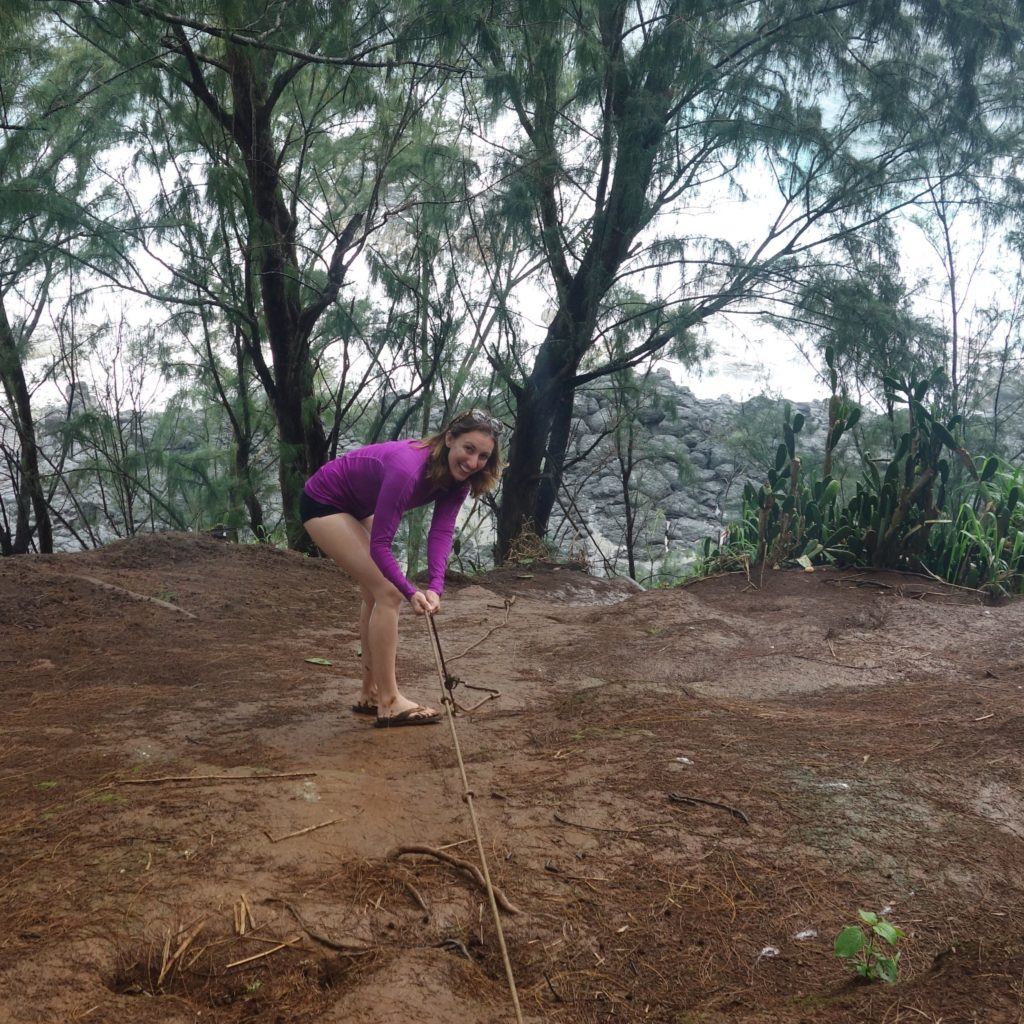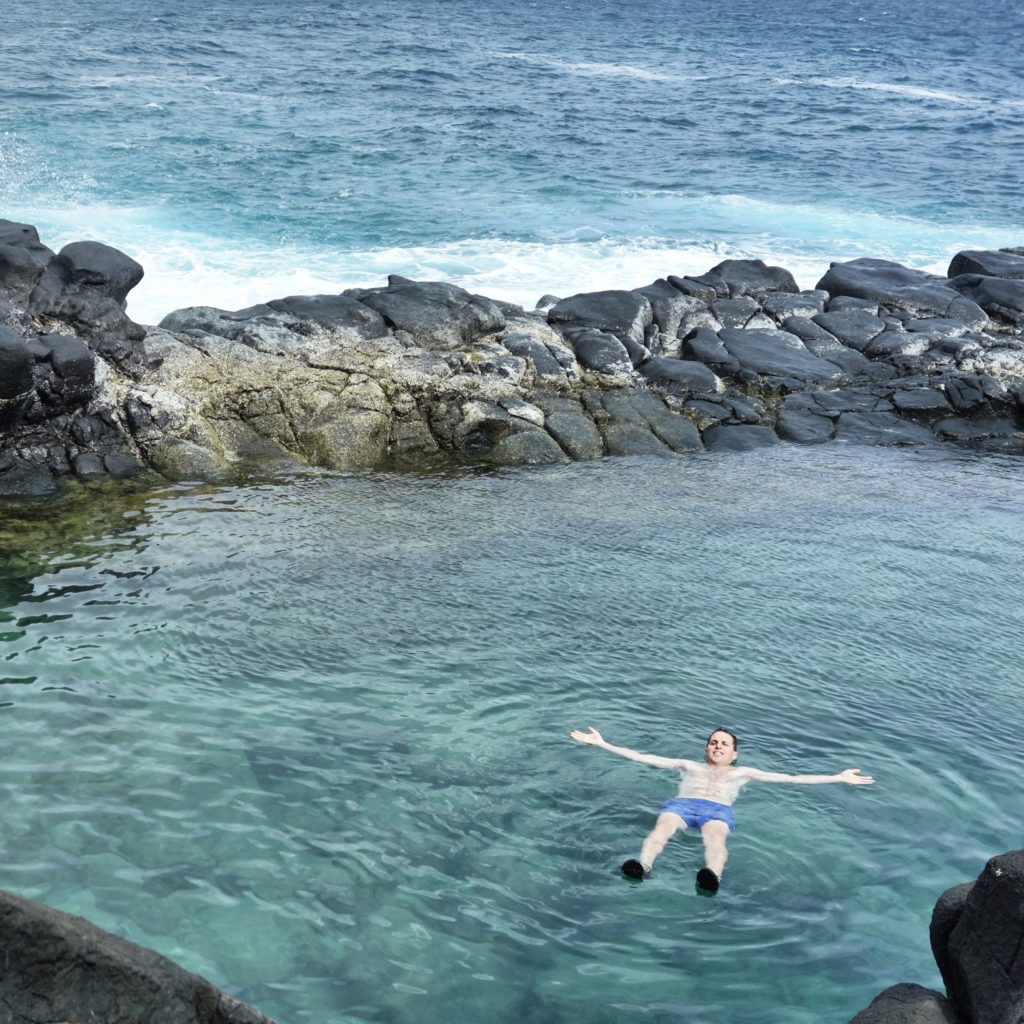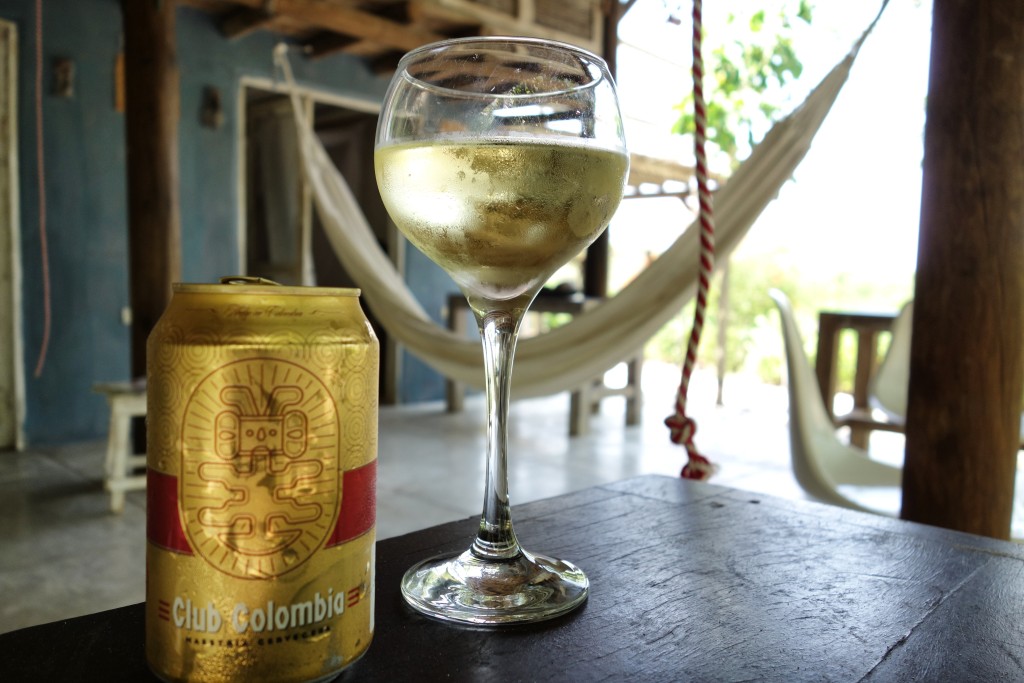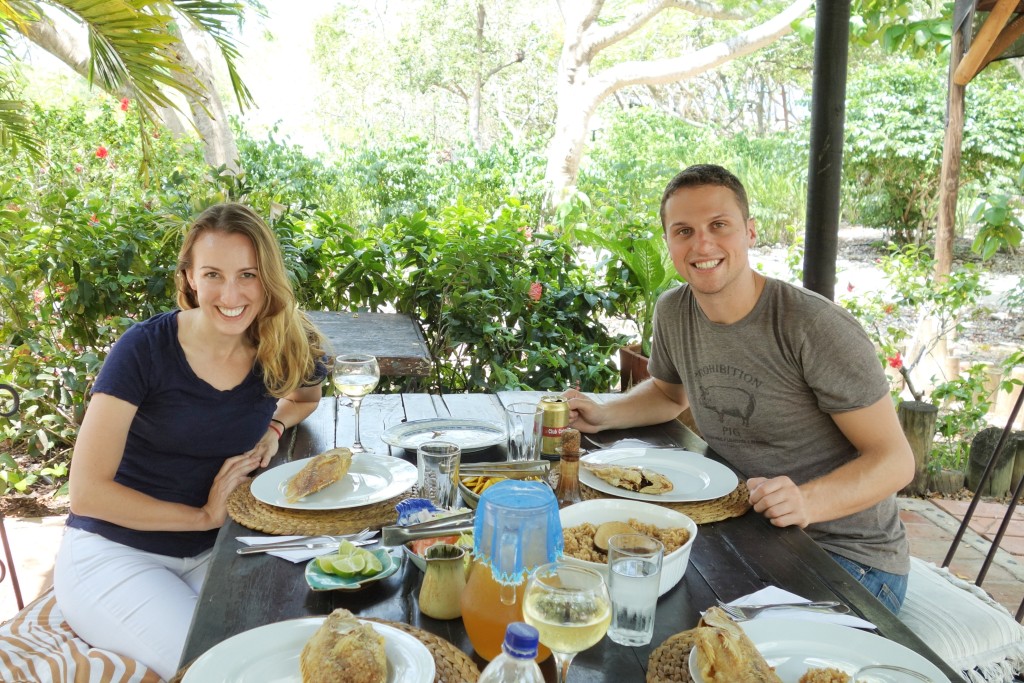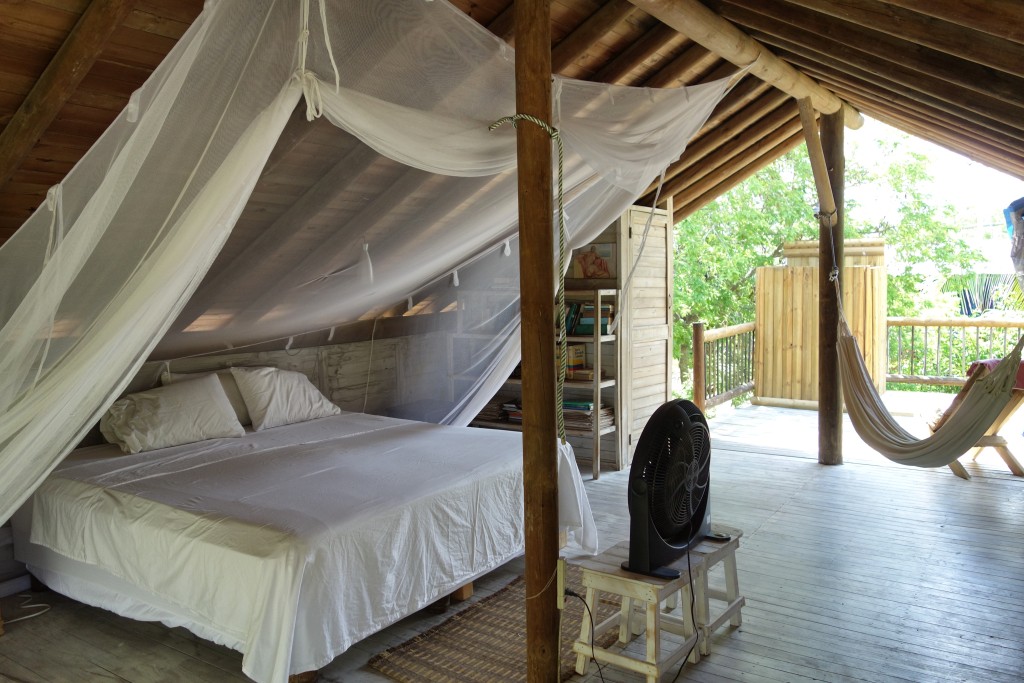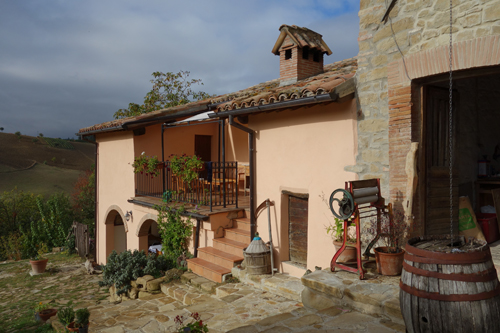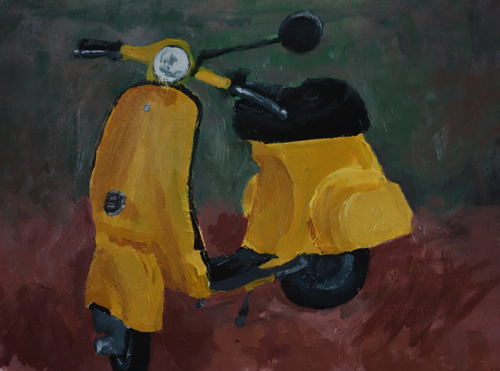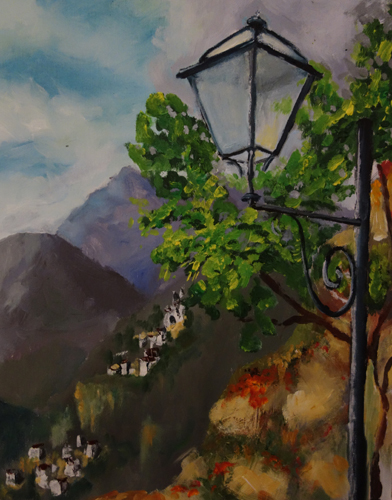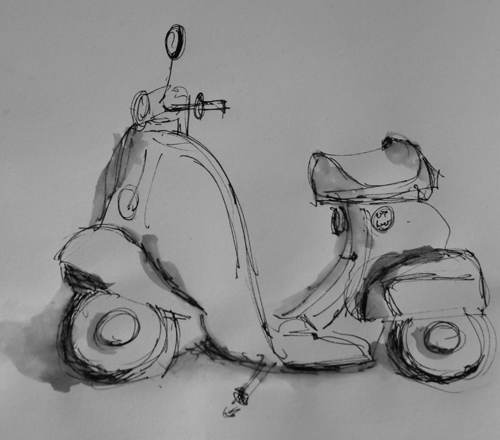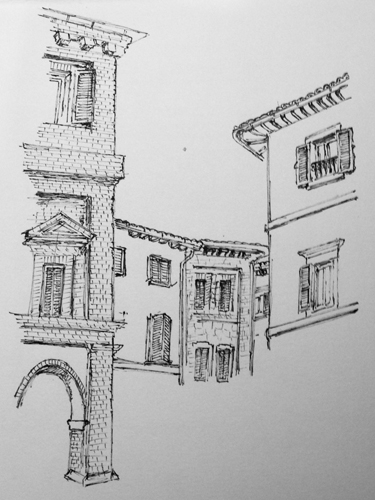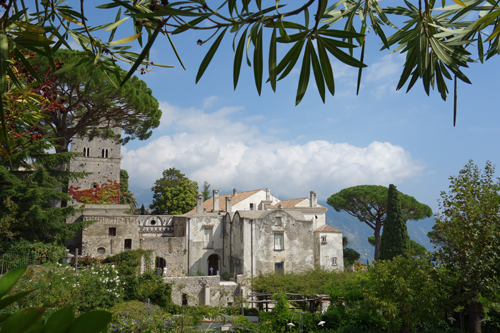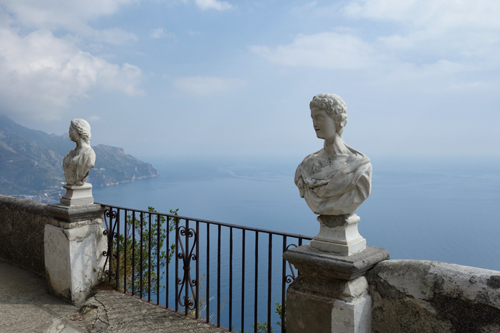I arrive in Rome’s airport after having been delayed for about eight hours in Addis Ababa. Immigration and customs were about as fast as I’ve ever seen them. My passport is stamped without any questions and the rather sizeable line disappears in little time. I cannot decide if I am happy or nervous about this. I progress through the airport following signs for rental car agencies. When I arrive, I shop around at a couple of them until landing on Avis. They tell me that for a reasonable price they have a small-sized, automatic-transmission rental available, and I am thrilled. He prints up the paper work and as we are going through it, I notice that next to transmission, the word “Manuale” is printed. I hope that this is a typo. I am told to sit tight while he double checks to see if there are any automatic cars available. We wait about ten minutes for someone from the garage to return with keys, but none of them are listed as automatic. I am then informed that if I did want an automatic transmission car, I would need to rent a much larger vehicle, which would also significantly affect the price. I guess manual transmission it is, but if this is going to be the case, I at least need to make sure I am getting the very Italian Fiat 500. I’d prefer red, but I am willing to settle for black as long as it’s a 500.
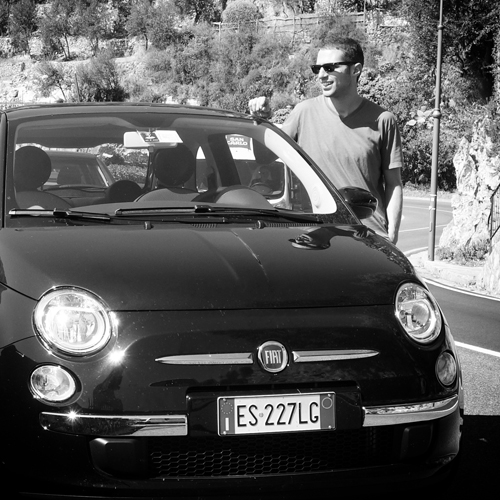
I collect my keys, find my car, and start praying to the gods of manual transmission. In my life, I have driven a manual transmission car twice. Once was when I was about thirteen years old on a family safari in eastern Africa, and the second was as a senior in college when I received a short lesson from a friend in a parking lot. I would not call this driving experience extensive, and thus my anxiety level is a bit high. Knowing that there was a chance I might get saddled with a manual car, when I was delayed the night before in the airport, I watched a couple YouTube videos with driving instructions, but unfortunately something as tactile as this cannot be learned well through video. Regardless, I try to convince myself that if millions upon millions of people drive manual-transmission cars, why couldn’t I. I understand the failure in this logic, but I was determined to believe it.
A couple days earlier, I found a nice bed and breakfast in Vico Equense, a small town near the Amalfi Coast, so I get into my beautifully-sized 500, and I plug in the address to Google Maps. But before I hit start on the directions, I attempt to familiarize myself a little with the car. I practice moving through the gears trying to learn what it “feels” like. With a nicely elevated heart rate, I am fiddling with the gears trying to get into reverse. After a brief moment of panic thinking that I might need to confess my ignorance to the rental agency, I realize that surrounding the stick shift is a metal encasing that can be pulled upwards, which in turn allows me to reach “R”. First challenge completed.
I pull my left foot off the clutch so gently that based on the physics of a manual car I believe it is almost impossible to stall, and I start reversing. Luckily, the steering works very similarly to an automatic car, and in Italy, everyone drives on the right (pun intended) side of the road. I reverse out of my parking spot, manage to get the car in first gear and rolling forward, and I pull up to the gate. Of course, here I stall. Not once, not twice, but three times. Whoops. My cover is blown, but because they assume I am not crazy enough to rent a car that I cannot drive, they suggest that the parking brake is still engaged. I nod, as this is an out from complete embarrassment. On my way out of the garage I find a level that is relatively free of parked cars and traffic, and I practice going around in circles. Stopping, starting, changing gears into second, then back to first, and repeat. I am far from smooth, and I stall with reasonable frequency, but I need to stay optimistic about making it to Vico Equense.
I finally press start on my Google Maps directions, I head toward the garage’s exit, stall again just before leaving, and am sort of on my way. Eventually, and fortunately rather quickly, I find myself on the highway, where as long as I don’t do anything too stupid, it’s hard to stall and easy to keep making forward progress. About halfway along this three-hour tour, I pull into a rest stop with its big open parking lot, so I can practice a couple more drills on relatively flat ground. As I begin to approach the coast, swing by Napoli, and head South, I realize how hilly a location I have chosen to learn to drive a manual car. The beauty of this coast in fact comes from the cliffs that drop into the sea. I exit for Vico Equense and there is not a flat road to be found. Another miscalculation. Finding my bed and breakfast is struggle in itself. I find myself driving up rudely steep cobblestone roads, asking anyone and everyone for directions all the while trying to plan an escape route for the next time the Fiat stalls.
After a couple wrong turns, multiple driving blips including getting myself stuck in the central piazza of town and having to restart my engine at least twice, I decide to park and find this place on foot. The town is small, and the car has only become an obstacle at this point. Even by foot, finding this bed and breakfast is no easy feat. Upon reaching it, I realize that going by foot is in fact the only way to find it because it is on an un-driveable road (expect for scooter or motorbike). Bartolo, one of the hosts, greets me, and I semi-desperately ask him to park my car in his little, hard-to-access, parking spot in the center of town. He obliges. Somehow, I’ve made it from the airport to my host with hurting myself, the car, or anyone or anything around me. Success.
On day 2 in Italy, I take a break and find a ferry to the nearby island of Capri, where I intend to rest, explore, eat gelato, drink coffee, and take lots of pictures. The car remains untouched on this day.
Day 3, however, has a different fate for my relationship with the Fiat. In a stroke of luck, Bartolo offers to give me a driving lesson in the morning. I accept eagerly! He exits his garage, finds a slightly quieter road, which is on quite the hill, parks and tells me to switch into the driver’s seat. We will be practicing using the handbrake to start moving from a stopped position on a hill. I will always be grateful for his patience through several false starts. He realizes how much of a beginner I am, and he questions how I made it all the way from the airport. After my lesson of about an hour, I drop him off, and I continue on to the Amalfi Coast. Trial by fire. I try not to think about the worse that could happen.
Before I continue to describe my experience on the famous SS163 Highway that stretches the length of the Amalfi Coast, I will first try to paint a picture of the road itself. In 1953, John Steinbeck described the road as follows:
“Flaming like a meteor we hit the coast, a road, high, high above the blue sea, that hooked and corkscrewed on the edge of nothing, a road carefully designed to be a little narrower than two cars side by side. And on this road, the busses, the trucks, the motor scooters and the assorted livestock. We didn’t see much of the road. In the back seat my wife and I lay clutched in each other’s arms, weeping hysterically.”
The only real difference from this description is that there seems to be a lack of livestock today, for which I am grateful; however, I imagine that the number of busses hasincreased. There are also the other cars and semi-reckless drivers to be mindful of such as when a new Ferrari was closely following me. But the skies are blue, the cliffs are magical, the houses perfectly painted pastel with a worn look that only be described as loved, and I feel I am competent enough in the car not to roll into anything or anyone.
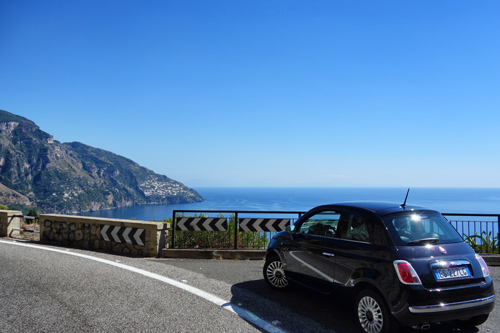
I turn on my Italian soundtrack, put my camera at the ready on the passenger seat, and keep my hand anxiously on the shifter. Despite the challenge of the terrain, the road is incredible. The houses have all found small semi-stable patches to rest themselves on the hillside. Balconies extend outward to the sea from every door and window. The road follows the contour of the cliffs both side to side and up and down. The day is sunny and clear, and everything but the shear amount of concentration needed to keep driving onwards has me feeling at peace. I complete the entire coast from Sorrento to Vietri and I decide that it is only safe to take the highway back as it is both getting late and I am quite spent.
The next day, I conquer another mountainous road on my way up to Bomerano, a part of Agerola, from which point I can start my hike along the Sentiero degli Dei (The Path of the Gods). This road gives me ample opportunity to practice my hill starts and changing gears between first, second, and third. At the end of the day, the way down is much easier than the way up. By this time, however, I am becoming confident enough driving a manual car that I am no longer concerned about being able to do a certain maneuver or being able to avoid damage. I still stall from time to time, but it usually only takes one re-start before I continue onward.
At the end of the week, I have another adventure into Ravello, a beautiful town full of villas that overlook the Amalfi coast. The road becomes so narrow at points that there is a stoplight that effectively alternates the direction of the road to allow cars both up and down. Unfortunately, I find myself pitched upwards and stopped at this light again feeling anxious about a hill start, but to my surprise the start is not only successful, but it is also fluid. In such situations, I usually find myself opening the window so that I can better hear the noises of the Fiat, and in this particular case, I had forgotten it is down when I give a little yelp of joy that I was so successful in this latest challenge. After enjoying some wandering around and some lunch in Ravello, I continue onwards to Ronciglione, a small down about an hour north of Rome, where I will be spending the next two nights. There is limited excitement with regards to my driving on the way to my new host; however, the next morning when I venture to see the local palace, things get a little more interesting.
Somehow, I find myself pinned between two hills of significant grade and am not sure which to attempt. The roads are narrow, steep, and ill paved. I try one direction and am only presented will more poor options. I somehow turn around and am back where I began. I try the other direction (from where I came initially), and realize that the hill is a bit much for my 500. I stall in the middle of the hill. Take two involves me staying in low gear and building whatever momentum I can along the way. This is also unsuccessful, and after stalling, I am forced to reverse down this rather unpleasant slope. Finally, on my third try up the same hill, I remain in low gear and keep my forward momentum as high as possible, and somehow make it to the top. What a relief!
After a week’s time, returning my car to FCO airport before making my way to Italy’s Tuscany region is a nice moment. The memory of leaving the same parking garage just a week ago is still fresh, and I am pleased of the improvement I have made when it comes to manual transmissions. This will be an adventure I will not soon forget and it will be a new skill that will hopefully again be useful.
